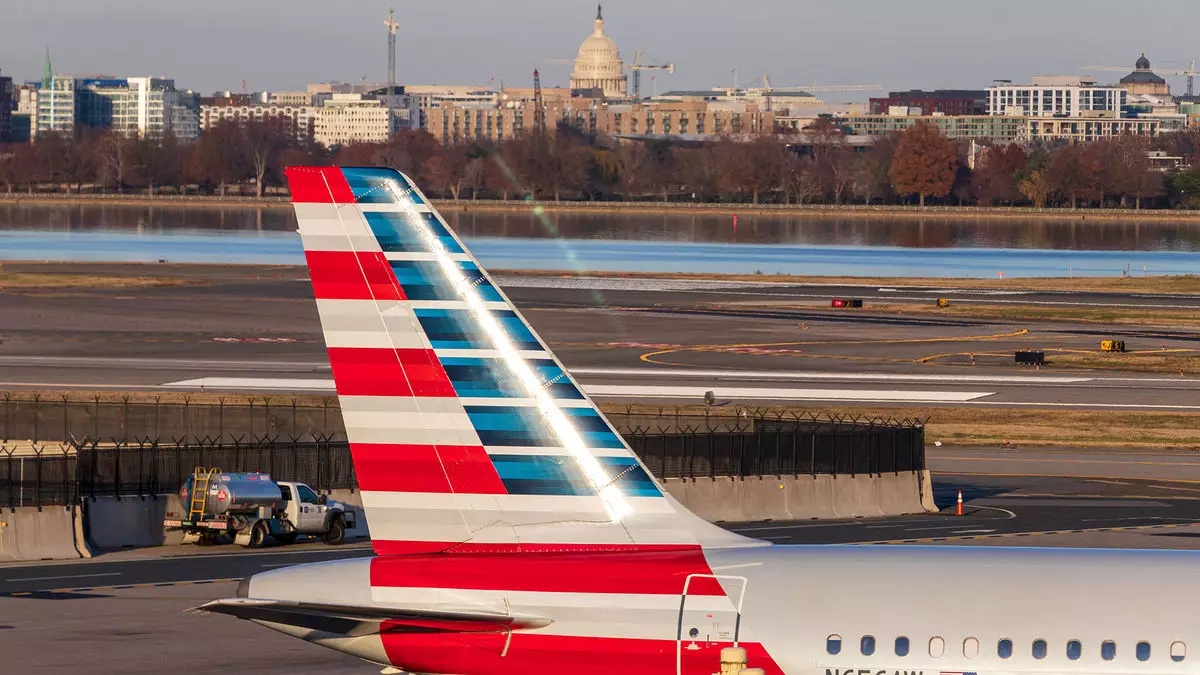As the airline industry navigates an ever-evolving landscape of consumer preferences and technological advancements, American Airlines finds itself in a crucial phase of recovery and re-engagement with corporate clients. After experiencing significant setbacks due to aggressive strategies favoring direct and New Distribution Capability (NDC) bookings during 2023, the airline is now focused on regaining lost ground. This pivot reflects a broader understanding that partnership with travel agencies and corporate partners is essential for sustainable growth.
The financial repercussions of American Airlines’ previous strategy are already evident. By significantly reducing its reliance on Global Distribution Systems (GDSs) and diminishing its corporate sales staff, the airline alienated key partners, particularly travel agencies. CEO Robert Isom noted that the company fell to an alarming 11% below its standard share of indirect U.S. bookings in the second quarter of 2024, leading to an estimated revenue loss of $1.5 billion for the year. This misstep underscores the importance of understanding the value that travel agencies and corporate customers bring to an airline’s revenue stream.
Recognizing the need to foster strong relationships, American Airlines has swiftly moved to abolish the unproductive strategies of the previous year. As of May, the airline has reinstated airfare content back into GDSs and explored ways to improve customer relations through hiring expansions and better incentives. By focusing on re-engagement, Isom outlined how the airline has made strides, reducing the deficit in indirect bookings to 7% by September. This turnaround not only signifies a positive trajectory but also highlights the airline’s willingness to admit its past mistakes and rectify them effectively.
To ensure the effectiveness of its new approach, American Airlines has forged new agreements with many leading corporate and leisure travel agencies. Chief Strategy Officer Steve Johnson has been at the forefront of these re-engagement efforts, navigating the initial resentment from agencies that felt shunned. His insights reveal that many agencies have come to view American Airlines’ renewed competition as a beneficial element in the corporate travel space. This dual approach—restoring lost trust while encouraging more airline options—could pave the way for American Airlines to reclaim its status in the market.
American Airlines’ commitment to revitalizing its corporate sector includes not only policy changes but also investments in its workforce. The airline has bolstered its account management team by 20% and is actively hiring additional sales support staff. These investments are crucial to maintaining a high level of customer service and responsiveness, essential factors in restoring faith with corporate clients and agencies.
While American Airlines is firmly on the path to recovery, the financial figures paint a mixed picture. In Q3, the airline reported operating revenues of $13.6 billion and an operating income of $89 million, contrasting sharply with previous operating losses. However, the overall net loss of $149 million due to non-operating expenses, such as interest, indicates that despite efforts to stabilize, challenges persist. Nevertheless, Isom remains optimistic, acknowledging the long road ahead while affirming a commitment to fully restoring corporate revenue channels by the end of 2025.
The journey to regain corporate business at American Airlines is far from over. While significant strides have been made in terms of policy changes and relationship-building, the airline’s future success will hinge on its ability to maintain momentum and adapt further to market demands. The importance of collaboration with travel agencies and corporate clients will only grow, reinforcing the notion that strong partnerships are the backbone of operational success. As the airline embarks on this revitalization, remaining attuned to the needs of its partners will be critical in navigating the competitive aviation landscape.

